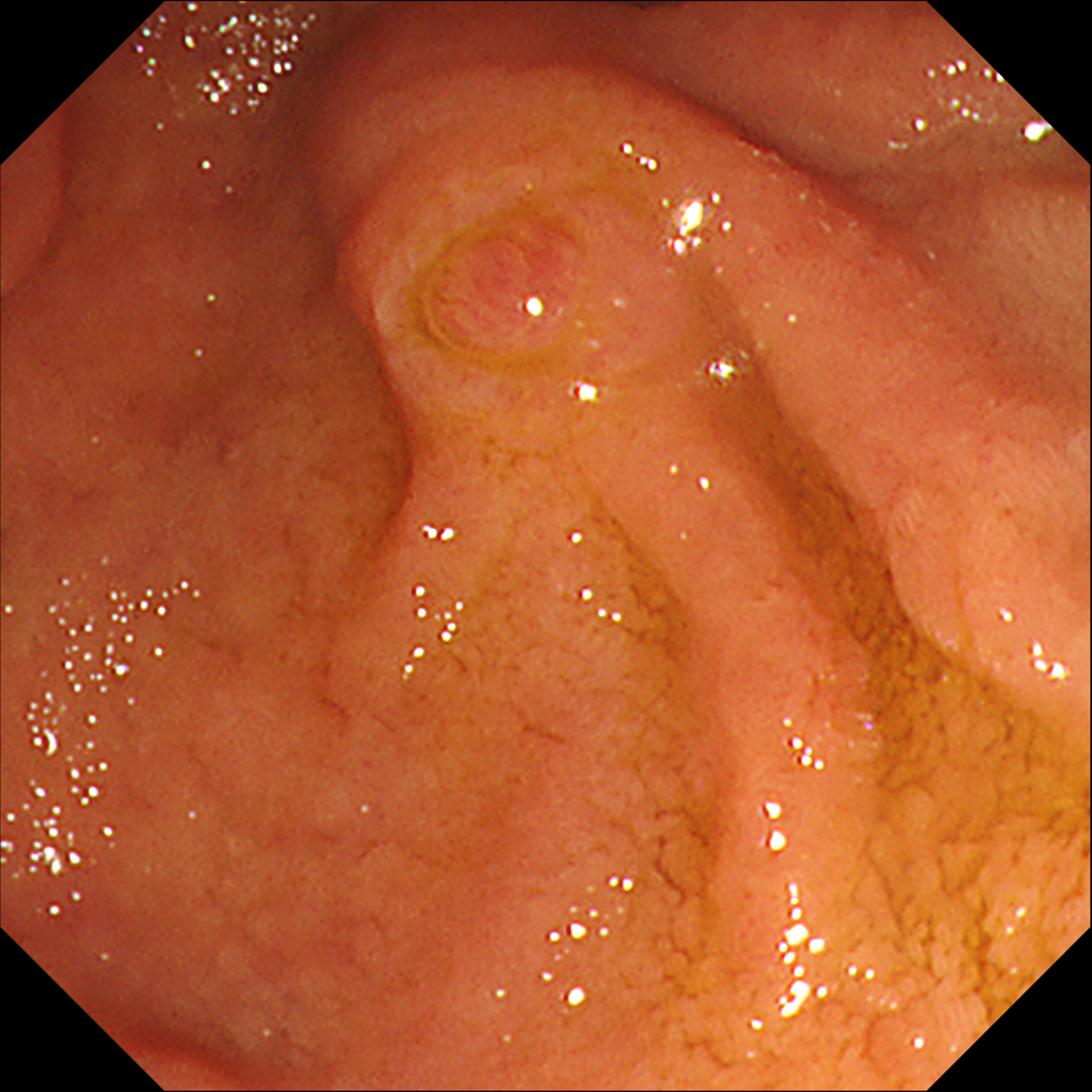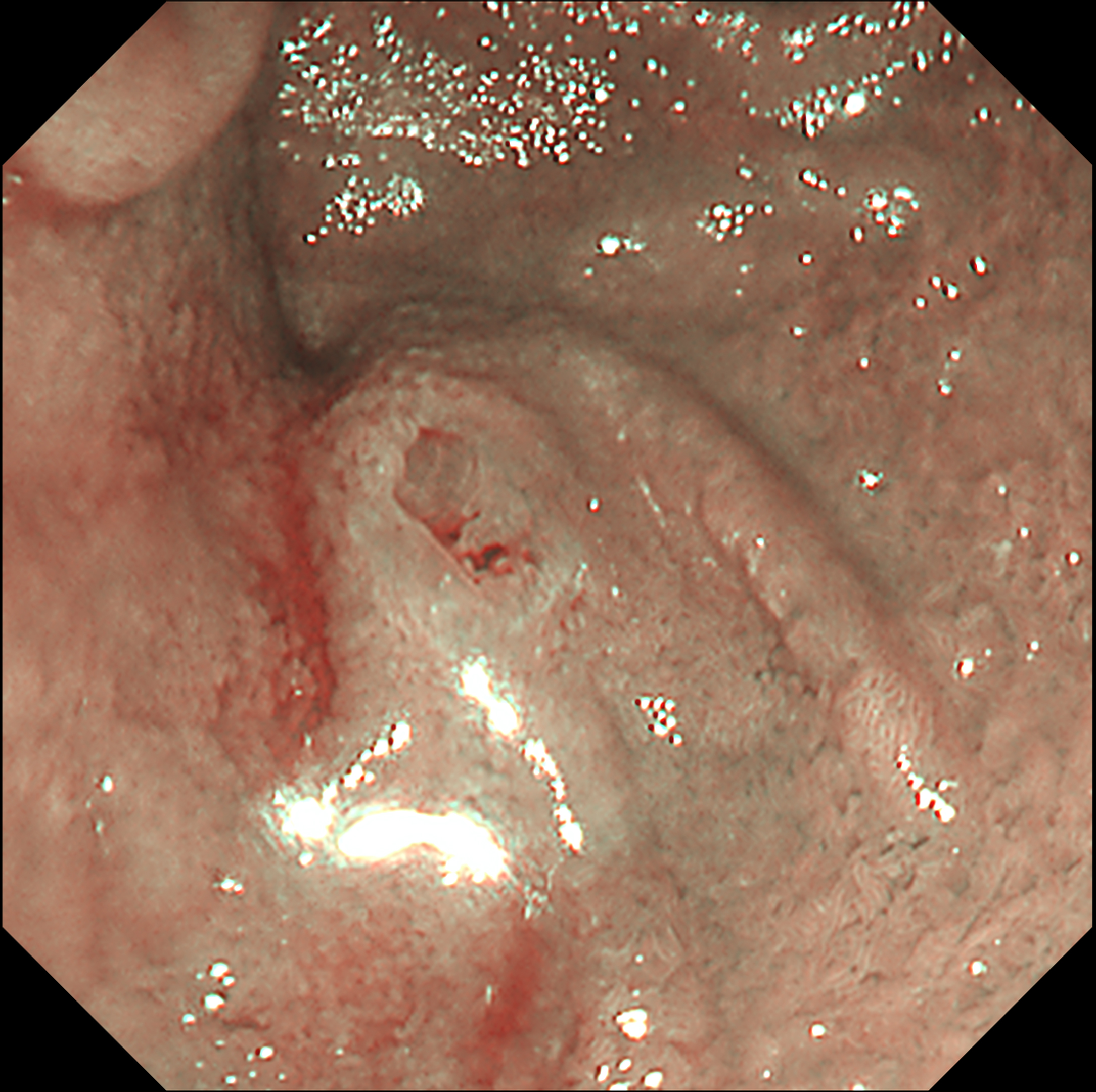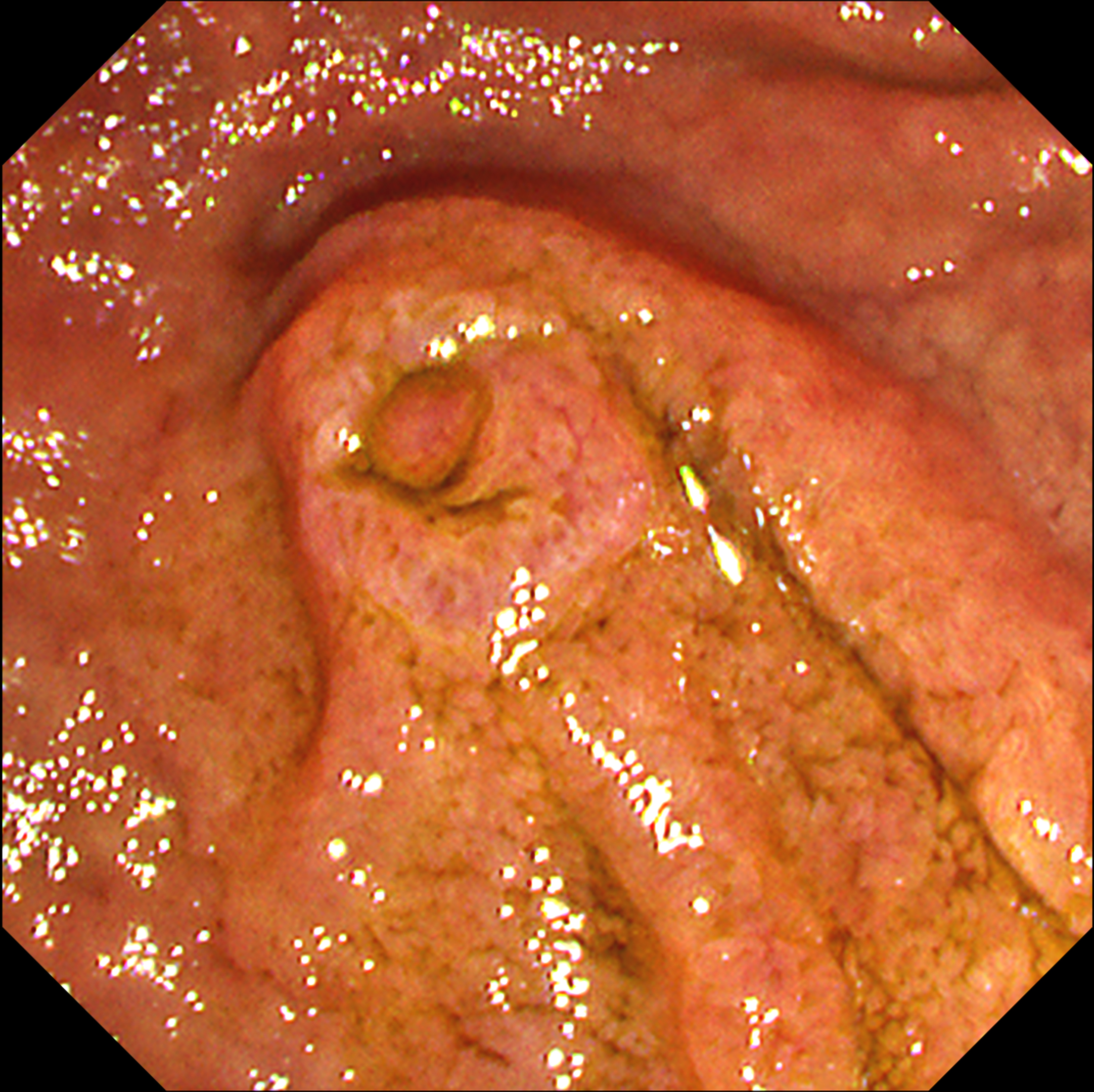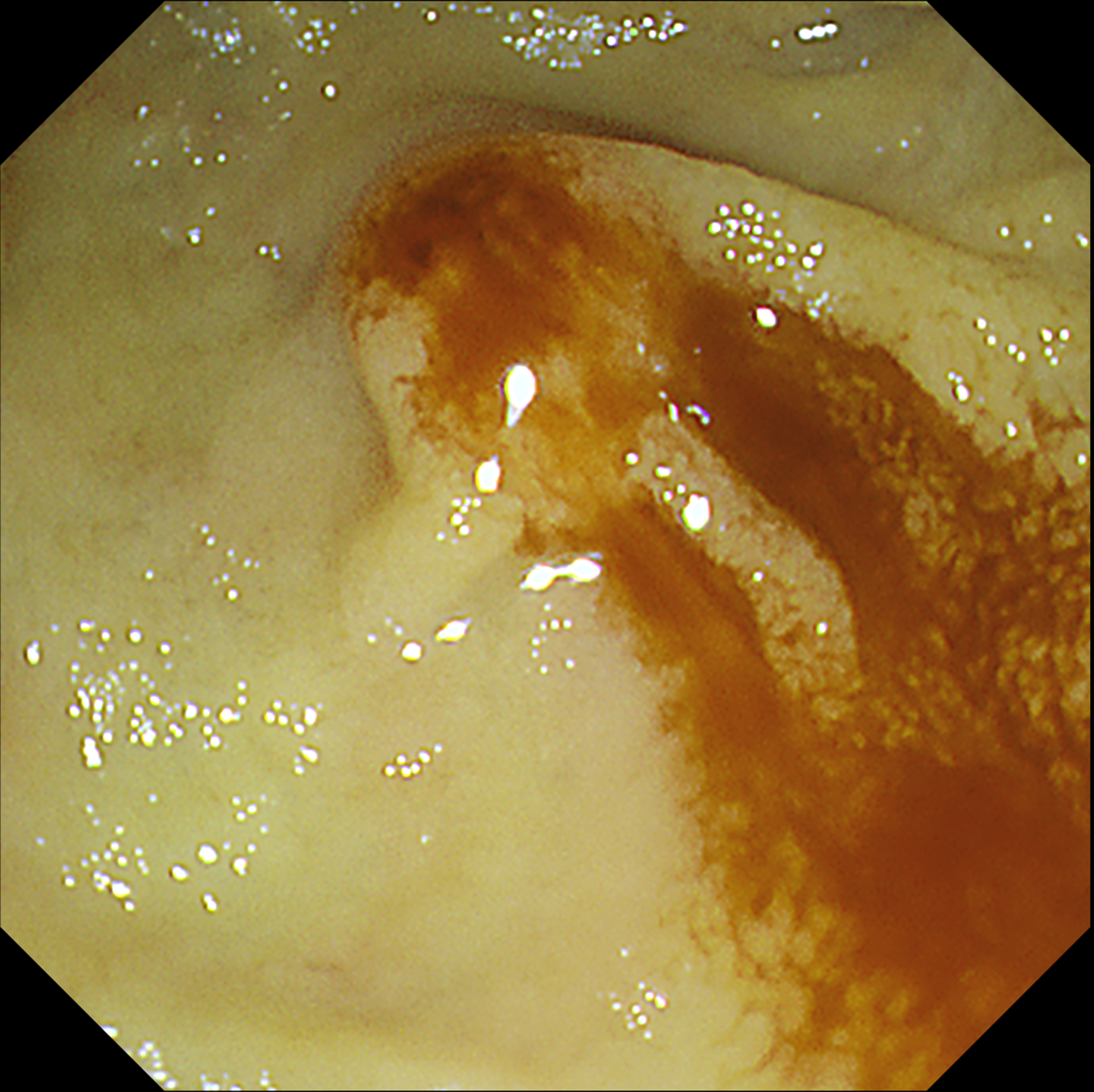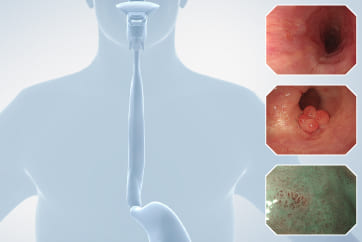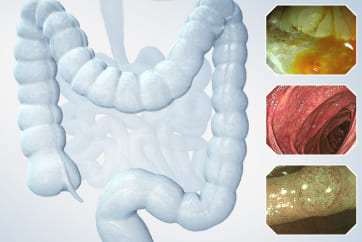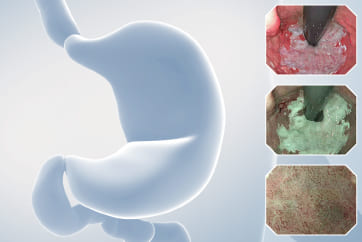Pancreatobiliary case 1

Jong Ho Moon, MD, PhD, FASGE, FACG, FJGES
Professor of Medicine
Director, Digestive Disease Center
SoonChunHyang University School of Medicine,
Bucheon/Seoul, Korea

Il Sang Shin, MD, PhD
Assistant Professor
Digestive Disease Center
SoonChunHyang University School of Medicine,
Bucheon/Seoul, Korea
Disclaimer:
- NBI™, RDI™ and TXI™ technologies are not intended to replace histopathological sampling as a means of diagnosis.
- NBI™, RDI™, and TXI™ technologies are 510(k) cleared in the United States. This case study is being furnished to provide examples of NBI™, RDI™, and TXI™ technology use. The TJF-Q290V used in this case is not available in the US market at this time, nor is there an established time for its release. The safety and effectiveness of this product and/or the use of these products has not yet been established in the United States market.
- The positions and statements made herein by Dr. Moon are based on Dr. Moon’s experiences, thoughts and opinions. As with any product, results may vary, and the techniques, instruments, and settings can vary from facility to facility. The content hereof should not be considered as a substitute for carefully reading all applicable labeling, including the Instructions for Use. Please thoroughly review the relevant user manual(s) for instructions, risks, warnings, and cautions. Techniques, instruments, and setting can vary from facility to facility. It is the clinician’s decision and responsibility in each clinical situation to decide which products, modes, medications, applications, and settings to use.
- The EVIS X1™ endoscopy system is not designed for cardiac applications. Other combinations of equipment may cause ventricular fibrillation or seriously affect the cardiac function of the patient. Improper use of endoscopes may result in patient injury, infection, bleeding, and/or perforation. Complete indications, contraindications, warnings, and cautions are available in the Instructions for Use (IFU)
1) Data on file with Olympus (DC00489968)
Intended use: This instrument is intended to be used with an Olympus video system center, light source, documentation equipment, monitor, EndoTherapy™ accessories (such as a biopsy forceps), and other ancillary equipment for endoscopy and endoscopic surgery.
Scope: TJF-Q290V
Organ: Ampulla of Vater
Patient information: 72-year-old, Female
Medical history: No past medical history
Case Video
This video shows the usefulness of an image enhanced endoscopy system in identifying a regular papilla in a patient with suspected ampullary mass on computed tomography (CT) scan. Under white-light imaging (WLI), regular papilla with classic appearance was observed. Under narrow-band imaging™ (NBI™ technology), covering folds and papillary orifices were more apparent. TXI™ technology observation mode 2 enhanced the anatomical features, while maintaining visual naturalness and being less disturbed from bile acids similar to WLI1. After forceps biopsy, RDI™ technology observation mode 1 supported easy identification of the hemostatic condition of ampulla of Vater, making it easy to determine whether there is a bleeding point that requires endoscopic hemostasis1. Even if the papilla appears normal, the application of TXI™ and RDI™ technology modes can help to accurately assess the anatomical structure and abnormality of the ampulla of the Vater. Disclaimer Information regarding competitor products is presented to the best of our knowledge as of the date of this video. This material does not constitute medical or legal advice and should not be relied upon as such. It should not be considered as a substitute for carefully reading all applicable labeling, including the Instructions for Use. Please thoroughly review the relevant user manual(s) for instructions, warnings and cautions. Techniques, instruments and setting can vary from facility to facility, and it is the clinician’s decision and responsibility in each clinical situation to decide which mode and settings to use.
Overall Comment
This case demonstrates that using TXI™ and RDI™ technologies observation modes for examining the ampulla of Vater, even when it appears normal, can enhance visualization and support safe biopsy sampling by maintaining distance from the pancreatic duct. Compared to NBI™ technology observation, TXI™ technology observation is less affected by bile acid interference and enhances color tone differences on the mucosal surface, supporting anatomical evaluations, including the frenulum, circular fold, and polypoid nodules of the papillary orifice.1 Additionally, RDI technology effectively highlights hemostatic status and potential bleeding points, aiding in the assessment of whether endoscopic hemostasis is necessary after tissue sampling1.
* Specifications, design and accessories are subject to change without any notice or obligation on the part of the manufacturer
- Content Type

